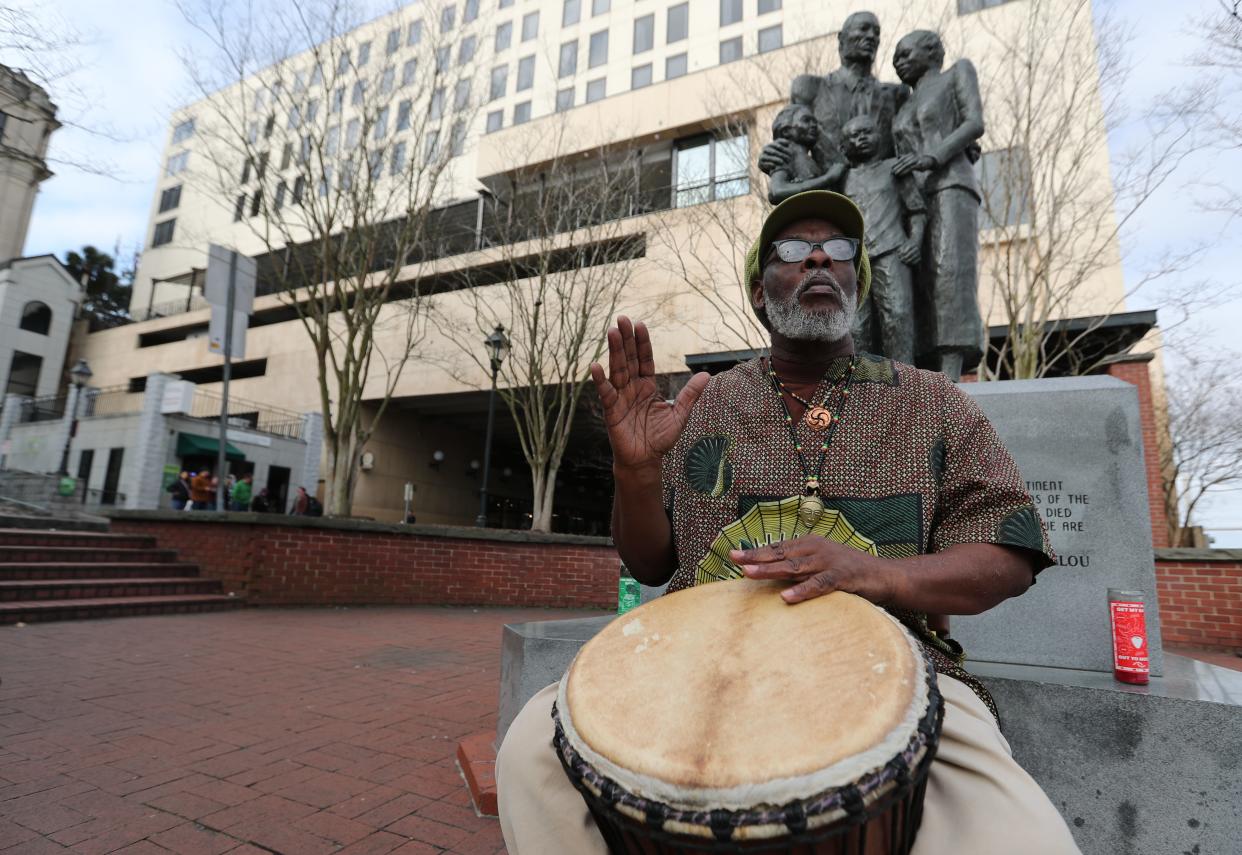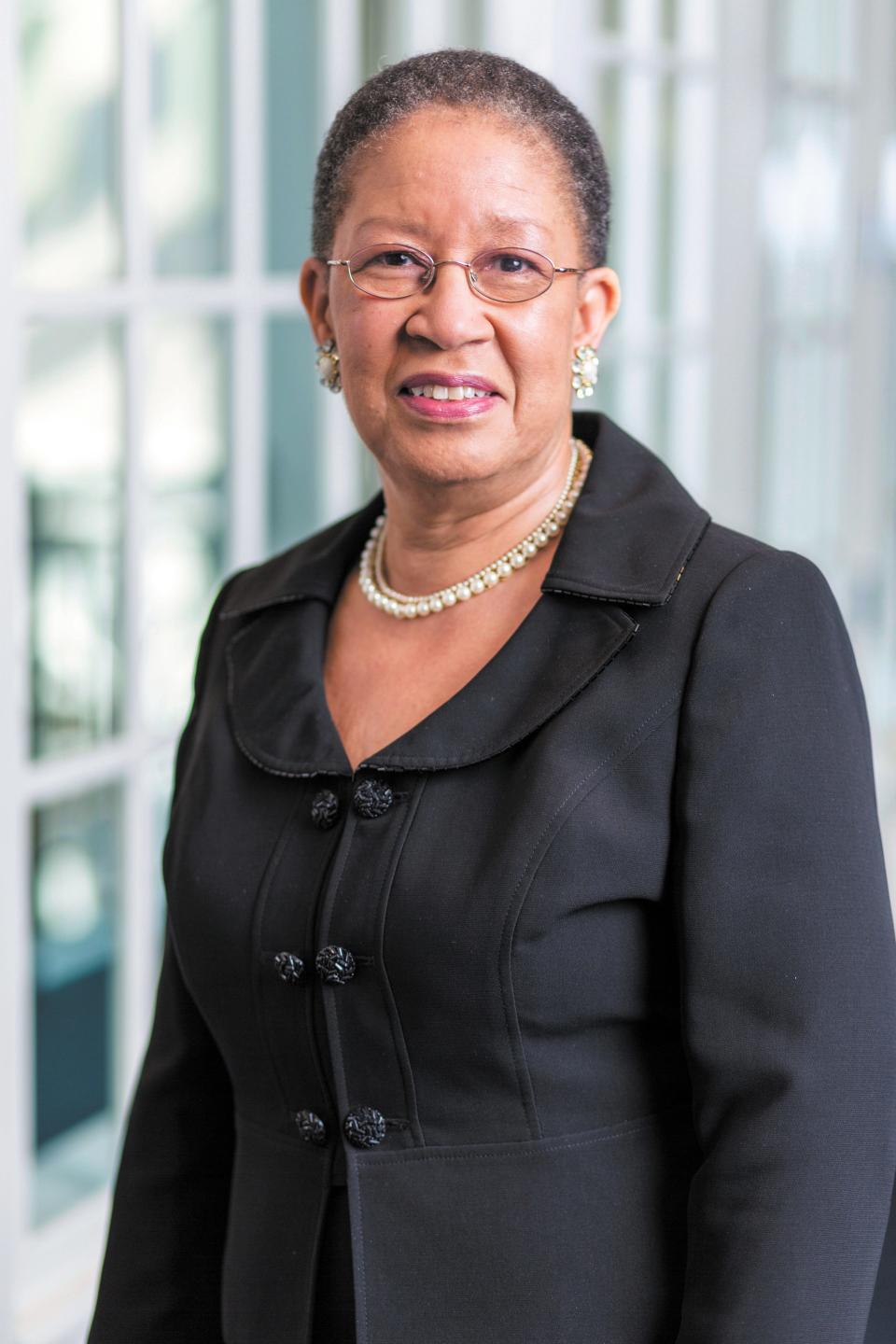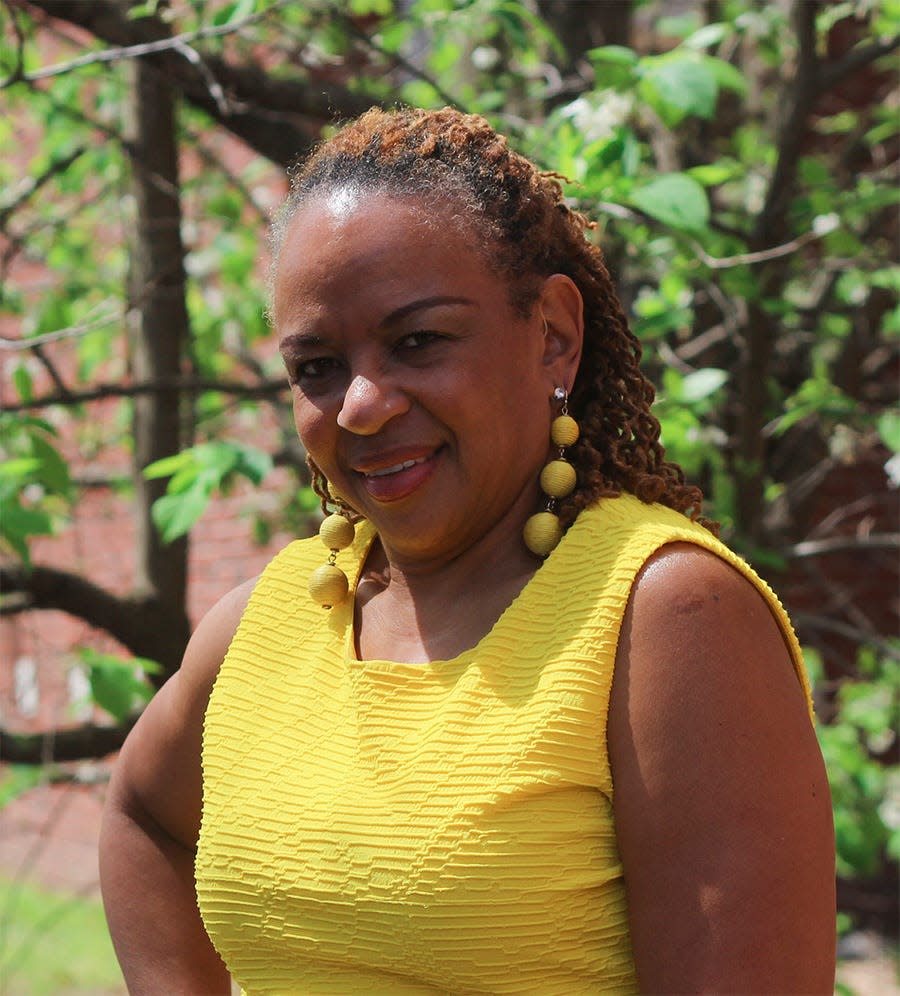Maxine L. Bryant: Shirley James and Savannah's Black Heritage Festival grew together

Every year, thousands of locals and visitors attend myriad free events hosted in February by the Savannah Black Heritage Festival (SBHF). Seldom, if ever, are they disappointed.
Since 1989, SBHF has sought to educate, inspire and encourage attendees by exposing them to Black culture. From captivating nationally renowned dance troupes and prolific authors to toe-tapping jazz and thought-provoking lectures and brilliant visual artists to intriguing actors and storytellers, each year the Festival engages audiences in an experiential historical journey.
For more than 20 years the face of the festival has been Shirley James, owner and publisher of the weekly Savannah Tribune, who shared the history of the festival with me.
The first Savannah Black Heritage Festival was held on August 20, 1989, under the guidance and leadership of the late W. W. Law and the Association for the Study of African American Life and History (ASALH). Law was recognized as a “walking history book.” He wanted to ensure that everyone had an opportunity to learn of the contributions of African Americans. The Savannah Black Heritage Festival was a perfect vehicle to make that happen.
From the very beginning, the City of Savannah provided financial support to the Festival. Locations for this weekend event moved around Savannah and included the yard of the King-Tisdell Cottage, 514 E. Huntingdon St., on River Street, and in the Civic Center. Featured artists in the early years included Blues singer Drink Small, poet John Stiles, storyteller Janie Hunter, and groups such as the Gospel Airs, and Sam Gill and his Dixieland Band. During those first years, various people chaired the event. Selected persons were those who were active in the community and who possessed strong leadership skills.
In 1999, Savannah Mayor Floyd Adams approached the oldest historically Black public university in Georgia, Savannah State University (SSU), about hosting and producing the festival. At that time, Carlton Brown, Ph.D., was the president. Brown agreed. Art exhibitions, vendors, broader entertainment options and lectures were added. A local favorite, Grand Festival Day, was held at the Civic Center.
In his wisdom, Brown knew that the expansion of the festival required the consistent leadership of a committed visionary and in 2001 he tapped James, who was serving as the director of testing services and counseling at SSU. Just as she was retiring, James became the chair of the SBHF held in 2002.

Shirley James helped make the Black Heritage Festival what it is today
As the chair, James started out as a one-woman show but she expanded committees to include SSU staff. In order to meet the request of Adams to move the festival to February during Black History Month, the committee had to work expeditiously because in the past it was presented during the fall. In 2002, she added a Sunday Gospel Explosion that was held for many years at St. John “The Mighty Fortress” on Hartridge Street ― a place steeped in history since its founding in 1885 and built by formerly enslaved Blacks in 1891.
The City of Savannah charged SSU with increasing festival attendance, especially to include young people, as there was nothing specific for school-aged students. To accomplish this, James recruited community people to the committee, including teachers. They established the the visual arts contest for students in grades 3 through 6, which was widely received and there were enough entrants to be displayed on the first and second floor of Tiger Arena on the campus of SSU. In addition, the only juried art event for young people attending local middle and high schools was held in Adams Hall at SSU. It was entitled "New Beginners Art" and was co-led by SSU Fine Arts Professor Peggy Blood.
The Festival continued to grow over the next few years and by 2008 had expanded to cover a five-day period, from Feb. 3 through Feb. 8. The School Day Extravaganza continued every year, and in 2008, it moved to the Civic Center. However, the Civic Center had a capacity of only 2,500 people – far fewer than the 3,000-4,000 who attended SSU. Programming expanded during this same time period to encompass the W. W. Law Lecture Series and the Teddy Adams Emerging Jazz performance.
Intentional efforts also focused on exposing the Savannah community to the performing arts and theater. In 2004 the first national dance troupe, the Marie Brooks Pan-Caribbean Dance Company, performed at Jenkins High School. It took four years, but in 2008 performances by such national groups as the Alvin Ailey American Dance Theatre, the Cleo Parker Robinson Dance Ensemble, Savion Glover, and the Dayton Contemporary Dance Company (which also incorporated an 80-voice local community choir into its performance), performed. James was particularly pleased that each dance troupe brought its A troupe and that Judith Jamison, a nationally renowned dancer and choreographer, accompanied the Ailey Dance Troupe to Savannah.
To bring this level of programming to Savannah, James and her committee expanded their fundraising and partnerships, which included the Lucas Theatre of the Arts, the Jewish Educational Alliance, and the Savannah College of Art and Design. Gulfstream and Georgia Power as well as South Arts and Georgia Council for the Arts provided grant funding. A favorite fundraiser for locals became Dancing Through the Decades, which was held from 2012 through 2019.
When asked what she considers to be her greatest accomplishment with the Savannah Black Heritage Festival, James said the expansion of programmatic offerings throughout the month of February, creating a committee comprised of people who have passion for the vision, and exposing young people to Black culture. Additionally, she highlighted establishing partnerships with local colleges, school systems, health providers, Telfair Museums, Gulfstream, and the Smithsonian Institute's National Portrait Gallery.
That last partnership involved Jewel Robinson, curator and playwriter for the National Portrait Gallery, who brought “Worlds Between Two Reformers” to the festival in 2011 ― the first time she brought a performance to an area outside of Washington, D.C. That inaugural performance imagined a conversation between Mary McCloud Bethune and Eleanor Roosevelt. Subsequent performances captured the lives of people such as Nat King Cole, Marion Anderson, and Sarah Vaughn.
Additional accomplishments Shirley noted included securing in-kind office space and services at SSU and implementing the first health fair, incorporated to address and increase awareness of health disparities. As we talked, I realized that one of James's most prized accomplishments was the ability to bring together the underserved and the privileged to a place where all could sit together and appreciate the festival's artistic forms.
As we concluded our conversation, I asked Shirley for words of wisdom regarding the continuation of the festival. She offered:
The coordinator must have a vision and passion and commitment to the continuation of the festival;
The committee must understand and promote the role of the arts to motivate and inspire; and
As a community, we must recognize that it is critical that Black history and information about the formation of Black culture be exposed and taught.

Although James has passed the leadership torch to the next generation of leaders (Teresa-Michelle Walker Jackson, Amanda Hollowell, and Ruby Hall), the Savannah Black Heritage Festival continues to live out its purpose and mission: “to expose, educate, and continue to elevate the level of awareness about the contributions made by Africans and African Americans to the history and cultural development of the US, especially the Lowcountry.”
Visit savannahblackheritagefestival.org/ for the 2024 schedule.
Maxine L. Bryant, Ph.D., is a contributing lifestyles columnist. She is an assistant professor, Department of Criminal Justice & Criminology; director, Center for Africana Studies, and director, Gullah Geechee Cultural Heritage Center at Georgia Southern University, Armstrong Campus. Contact her at 912-478-1248 or email dr.maxinebryant@gmail.com. See more columns by her at SavannahNow.com/lifestyle/.
This article originally appeared on Savannah Morning News: Shirley James's vision shaped the Savannah Black Heritage Festival

